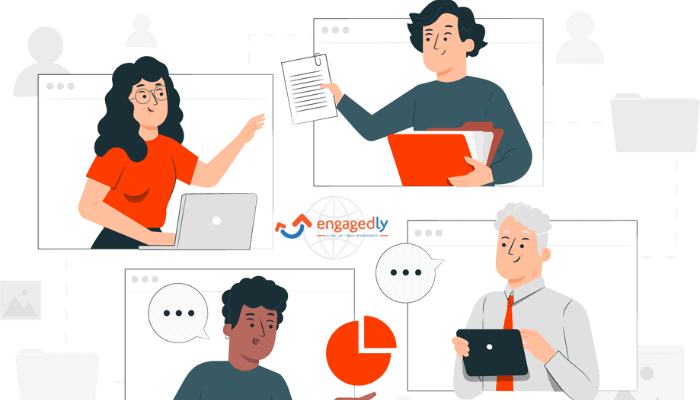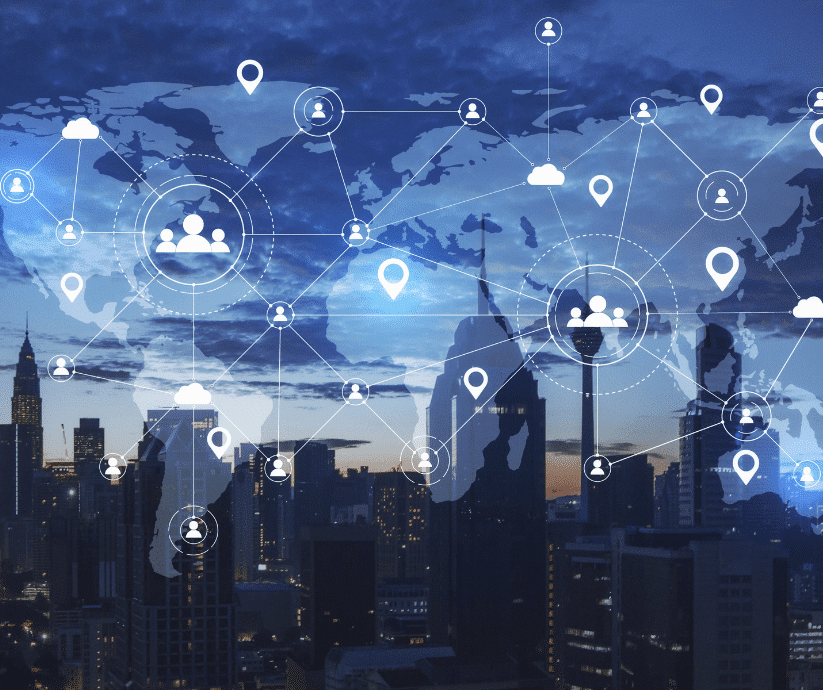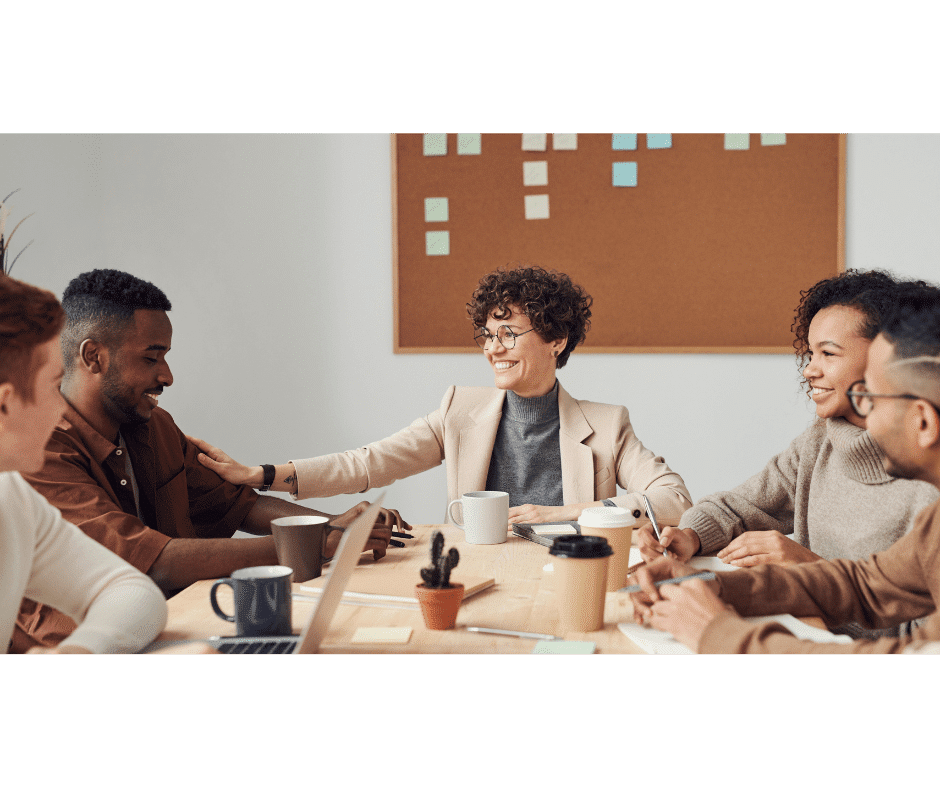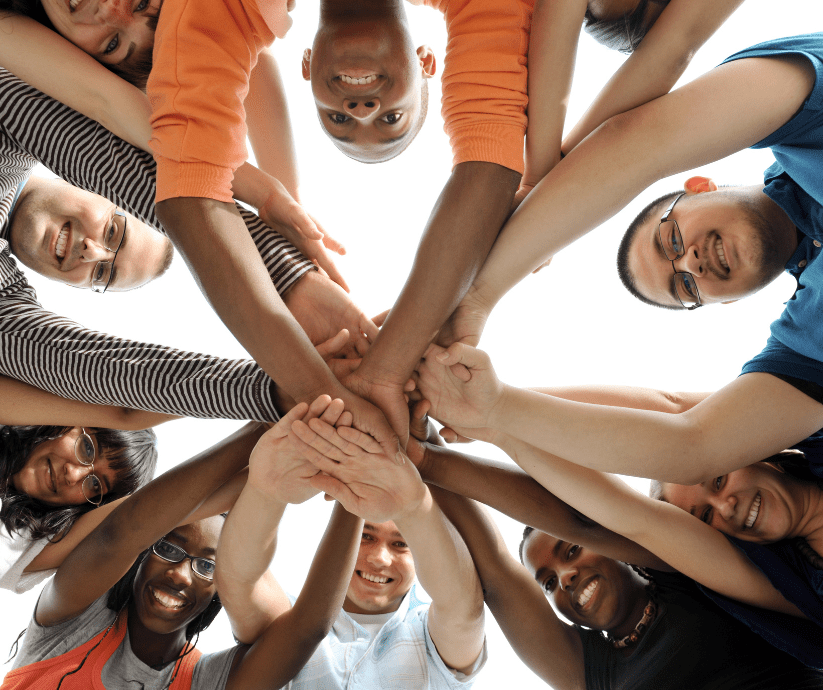Companies consistently search for effective coaching strategies to enhance employee performance. This pursuit aligns to improve overall team performance, positively impacting sales, marketing, customer service, and product development. The adoption of coaching strategies proves to be not only performance-driven but also cost-effective.
As a manager, you’ll spend an average of $5,258 when hiring a new team member. However, when it comes to spending resources to coach and train your current employees, the cost goes down to $1,280 per employee.
If you’re giving your team members exciting and challenging projects, coaching them, promoting a work-life balance, and paying them well while making them feel valued and appreciated, then they have enough reason to stick around for the long haul.
However, competition for talent means that you’ll need to be more effective with your coaching strategies to keep them around and still have them perform at their best.
Here are the 6 Effective Coaching Strategies:
As a coach, you’ll work with team members at different levels. When having conversations about their performance, you’ll need to be flexible in your approach, and listen with empathy.
Coaching allows employees to have access to professional development resources such as workshops, seminars, and webinars that focus on coaching them to perform better in the workplace.
You’ll also need to provide relevant feedback that challenges your team members to take initiative to grow and do better. But that’s not all you’ll need to do.
Also Read: Develop New Leadership Roles With Coaching and Mentoring
Here are six more coaching strategies that you need to use to improve your team/s performance.
Continuously improve your coaching skills
As a discipline, an effective coaching strategy is not static because a coach needs to respond to different needs that an employee has and help them to overcome challenges that get in the way of their performance.
If you rely on peer-to-peer coaching or have team leaders coach their team members, you need to continually update their skills so they can learn about new coaching models and techniques and when to apply them to improve their effectiveness.
A good place to start is expanding the company’s coaching policies and procedures to accommodate continuous improvement of the existing coaches, a core part of the company’s development program.
Once you’ve done that, provide your internal coaches with training materials and access to more experienced coaches to help them expand their skills to help them become better coaches for the team.
Identify areas where performance needs improvement
It’s difficult to coach an employee in several areas at the same time because it will lead to overwhelm and poor coaching outcomes. So before you embark on coaching, have a one-on-one meeting with each team member to identify areas that need improvement.
This will help you know where to start, keep you focused on a specific area during coaching, and allow you to monitor progress and evaluate results over time.
For example, when identifying areas that need improvement, you might come to the conclusion that an employee needs to acquire some skills that will help them improve their performance.
In addition to identifying areas that need improvement, you also need to assess the opportunity cost of coaching an employee in one area over another.
Assume you’re running a sales team and you need to train a couple of team members on how to run a successful product demo and how to negotiate. Given that you’ve already identified the areas that need improvement, you now need to assess and prioritize these areas based on what the business needs.
Identify which of the two skills has a bigger impact on your current business objectives so that you focus on high-impact coaching that immediately translates to improved business performance and better results.
Identifying and assessing coaching opportunities isn’t a one-time thing. Trust and constant communication are key ingredients because that’s how employees will feel free to share what they’re struggling with and what they need help with to improve their performance.
Also Read: How To Improve Your Team’s Performance: Top 6 Tips
Collaborate with your team members
Once you identify and assess the areas that need improvement, talk to your team members and explore different approaches you intend to use to coach them.
Your team members’ input helps you get their buy-in, because they have an opportunity to suggest the coaching method that works best for them. It also opens you up to new coaching methods that work for them which might not be what you had in mind before talking to them.
For example, some might suggest that they want a peer to coach them while others prefer using online learning resources such as courses and workshops.
Whichever approach you both agree to use during coaching, you can be sure that each team member will embrace it and it will be easier for them to acquire the skills they need to perform better.
Combine different coaching methods
You can coach your employees by providing insights and guidance where necessary and supporting them in what they are doing. However, your approach towards coaching doesn’t need to rely on one approach, whether you’re the only one providing support and guidance or allowing team members to coach one another.
Initially, you can coach the team, rely on peer-to-peer coaching, or work with external coaches to improve team performance. Each of these approaches has its strengths, and you might want to bring in other approaches to fill in the gaps that other methods have.
Consider peer-to-peer coaching for instance. It comes across as an efficient coaching method and saves on expenses because you use what is readily available, i.e., your team members. Team members also benefit from providing feedback to each other and learning from each other in the process to improve their skills.
However, if you’re looking to improve performance in a specific area and you (or your team members) lack the skills and competence to provide relevant coaching, consider working with an external coach to complement the peer-to-peer coaching that you’re already using.
In addition to relying on their expertise, having an external coach also expands your team’s worldview, as they’re working with an “outsider” who will provide new ways of thinking about their challenges.
Also Read: Types of Mentoring Programs in a Workplace
Collect feedback to customize your coaching
No matter the approach you use to coach the team, you need feedback to know how well it is working, even identify areas where you need to adjust your approach, or use an entirely new approach altogether.
After all, you’re coaching to get results so the feedback you need to collect should help you improve your coaching.
When collecting feedback, ask employees to share with you areas where they think the coaching approach is working, and where it’s not working, based on the results you intend to achieve. Also, ask them for suggestions on the approaches they would like you to use to improve your coaching.
When collecting feedback during a one-on-one meeting, use open-ended questions and take the time to listen to what they say so you can uncover subtle issues that tend to get lost when providing feedback.
If you’re using a survey tool to collect feedback, use a word cloud tool to help you identify prominent words that point you to underlying themes from the feedback you collect.
Establish performance set points
Since coaching is about improving performance, it goes hand in hand with using set points that help you sustain the level of performance your team achieves during coaching. It’s easy for team members to fall back to old habits once they’re done with coaching, so set points help them stay accountable and sustain the level of performance they attained during coaching.
Record these set points using collaborative goal-tracking apps, which will help everyone stay accountable and track progress towards their performance goals. Your performance set points could be based on industry benchmarks based on data from different industry players. You can also use internal benchmarks based on the standards you want to live up to that will stand out from your competitors.
For example, when running distributed marketing campaigns, you want to make sure that your copywriters use the right tone and style when writing script copy for different types of content so you stay on brand no matter where your marketing messages show up.
If you’ve already coached them on how to create content that aligns with your brand’s tone and style, an ideal performance standard would be making sure that your marketing messages don’t go through more than two rounds of edits for tone and style.
Use these standards to make sure that your team’s performance is consistent and delivers the business results you’re looking for.
Also Read: Does Your Organization Need Coaching or Mentoring?
Conclusion
Coaching is a continuous activity. Not only do you need to integrate it into your company culture, but you need to practice it continuously.
To establish this continuity, evaluate employee performance regularly based on the results you intend to achieve. See how effective your coaching is and what you need to do to improve. If a coaching strategy works, double down on it. If it doesn’t work, stop allocating more resources to it.
Keep track of any improvements your employees make based on different coaching methods you’re using. Document the data to help you come up with evidence-based coaching programs that push employees to do their best and grow in their roles.
Hope our pointers on Effective Coaching Strategies helped you formulate something better for your organization. Let us know in the comments section.
Frequently Asked Questions
Q1. What is coaching?
Ans. Coaching is a collaborative and goal-oriented process that involves helping individuals or groups to unlock their potential, overcome challenges, and achieve their desired outcomes. It typically involves a skilled coach working with a coachee or coachees to identify strengths, weaknesses, and areas for growth, and then developing a plan of action to facilitate progress towards specific goals. Coaching can take many forms, from executive coaching in the workplace to life coaching in personal development, and may involve a variety of techniques such as active listening, questioning, feedback, and accountability. Ultimately, coaching is about empowering individuals to realize their full potential and achieve their desired outcomes through personalized guidance and support.
Q2. What is an effective coaching strategy?
Ans. An effective coaching strategy involves setting clear goals, establishing a trusting relationship with the coachee, using active listening and questioning techniques to promote self-discovery, and providing constructive feedback and support to encourage growth and development. It also requires adaptability and flexibility to tailor the coaching approach to the specific needs and preferences of the coachee, and a commitment to ongoing learning and improvement as a coach.
Q3. Why do we need an effective coaching strategy?
Ans. We need an effective coaching strategy because it can help individuals and organizations achieve their goals by unlocking their full potential, improving performance, and increasing motivation and engagement. A well-designed coaching strategy can provide personalized guidance and support, help individuals identify and overcome obstacles, and foster a culture of continuous learning and development. It can also promote self-awareness, build confidence, and enhance communication and interpersonal skills, leading to improved relationships and teamwork. Ultimately, an effective coaching strategy can help individuals and organizations reach their full potential and achieve success.














































![A Newbie HR’s Guide To Great Performance Review! [Infographic]](https://engagedly.com/wp-content/uploads/2017/09/performance-review-guide.jpg)









